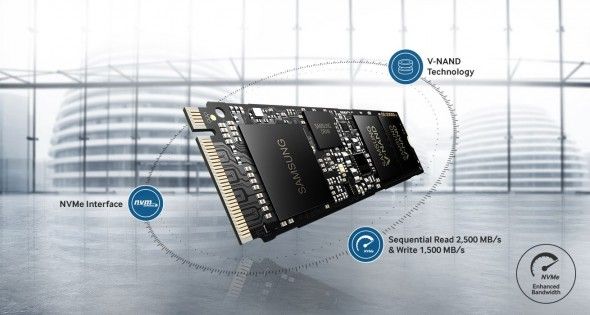Don’t get overly excited about computers and artificial intelligence replacing humans , at least not yet says Andrew Ng, chief scientist at the Chinese search giant Biadu. Computers are still in the “supervised learning” stage where human input is required to connect dots.
Category: computing
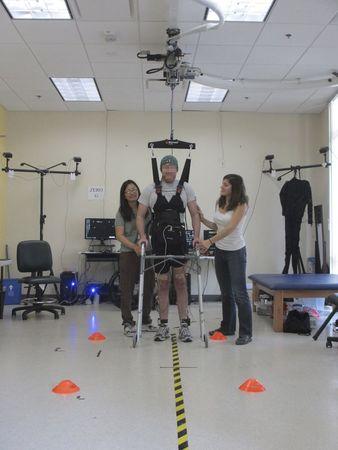
Brain-computer link enables paralyzed California man to walk
By Steve Gorman LOS ANGELES (Reuters) — A brain-to-computer technology that can translate thoughts into leg movements has enabled a man paralyzed from the waist down by a spinal cord injury to become the first such patient to walk without the use of robotics, doctors in Southern California reported on Wednesday. The slow, halting first steps of the 28-year-old paraplegic were documented in a preliminary study published in the British-based Journal of NeuroEngineering and Rehabilitation, along with a YouTube video. The feat was accomplished using a system allowing the brain to bypass the injured spinal cord and instead send messages through a computer algorithm to electrodes placed around the patient’s knees to trigger controlled leg muscle movements.
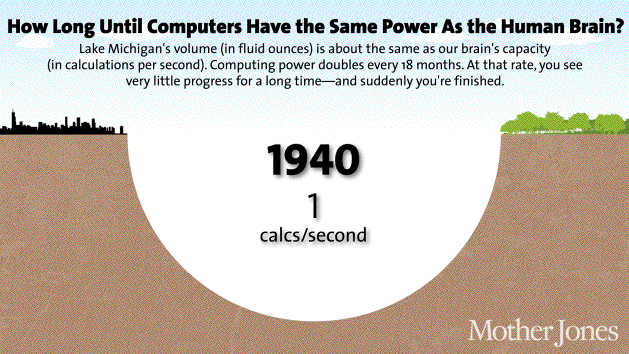
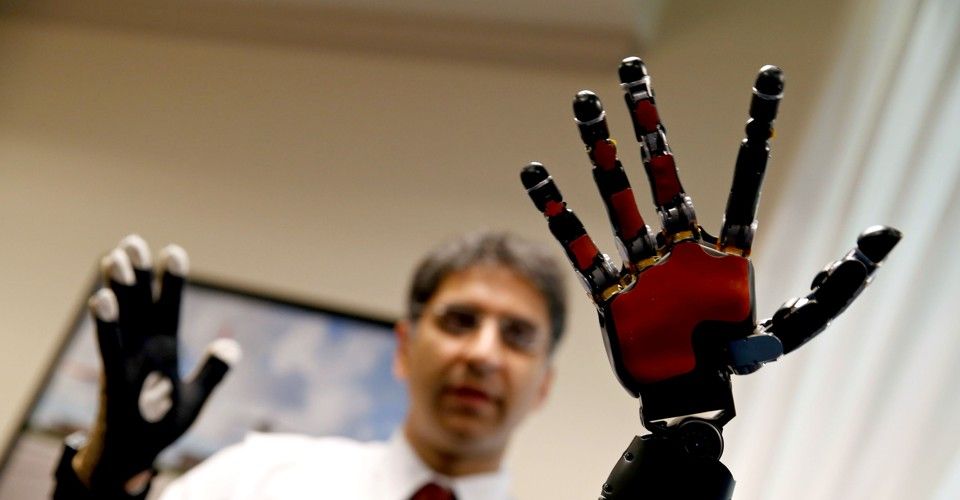
Engineering Humans for War
For decades after its inception in 1958, the Defense Advanced Research Projects Agency—DARPA, the central research and development organization of the Department of Defense—focused on developing vast weapons systems. Starting in 1990, and owing to individuals like Gorman, a new focus was put on soldiers, airmen, and sailors—on transforming humans for war. The progress of those efforts, to the extent it can be assessed through public information, hints at war’s future, and raises questions about whether military technology can be stopped, or should.
Gorman sketched out an early version of the thinking in a paper he wrote for DARPA after his retirement from the Army in 1985, in which he described an “integrated-powered exoskeleton” that could transform the weakling of the battlefield into a veritable super-soldier. The “SuperTroop” exoskeleton he proposed offered protection against chemical, biological, electromagnetic, and ballistic threats, including direct fire from a.50-caliber bullet. It “incorporated audio, visual, and haptic [touch] sensors,” Gorman explained, including thermal imaging for the eyes, sound suppression for the ears, and fiber optics from the head to the fingertips. Its interior would be climate-controlled, and each soldier would have his own physiological specifications embedded on a chip within his dog tags. “When a soldier donned his ST [SuperTroop] battledress,” Gorman wrote, “he would insert one dog-tag into a slot under the chest armor, thereby loading his personal program into the battle suit’s computer,” giving the 21st-century soldier an extraordinary ability to hear, see, move, shoot, and communicate.
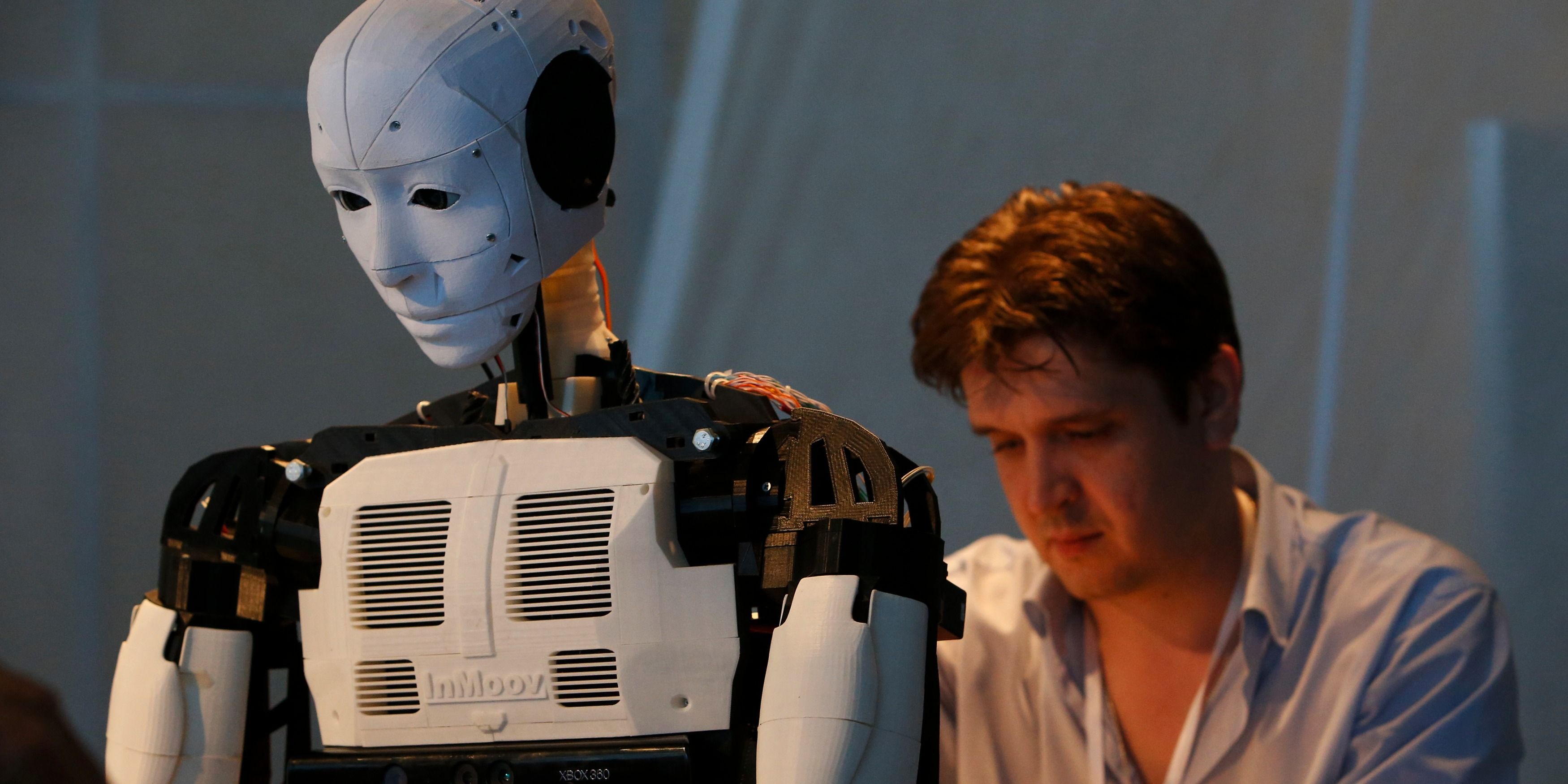
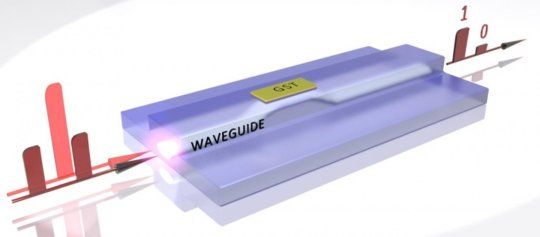
Permanent data storage with light
The first all-optical permanent on-chip memory has been developed by scientists of Karlsruhe Institute of Technology (KIT) and the universities of Münster, Oxford, and Exeter. This is an important step on the way towards optical computers. Phase change materials that change their optical properties depending on the arrangement of the atoms allow for the storage of several bits in a single cell. The researchers present their development in the journal Nature Photonics (10.1038/nphoton.2015.182).
Light determines the future of information and communication technology: With optical elements, computers can work more rapidly and more efficiently. Optical fibers have long since been used for the transmission of data with light. But on a computer, data are still processed and stored electronically. Electronic exchange of data between processors and the memory limits the speed of modern computers. To overcome this so-called von Neumann bottleneck, it is not sufficient to optically connect memory and processor, as the optical signals have to be converted into electric signals again. Scientists, hence, look for methods to carry out calculations and data storage in a purely optical manner.
Scientists of KIT, the University of Münster, Oxford University, and Exeter University have now developed the first all-optical, non-volatile on-chip memory. “Optical bits can be written at frequencies of up to a gigahertz. This allows for extremely quick data storage by our all-photonic memory,” Professor Wolfram Pernice explains. Pernice headed a working group of the KIT Institute of Nanotechnology (INT) and recently moved to the University of Münster. “The memory is compatible not only with conventional optical fiber data transmission, but also with latest processors,” Professor Harish Bhaskaran of Oxford University adds.
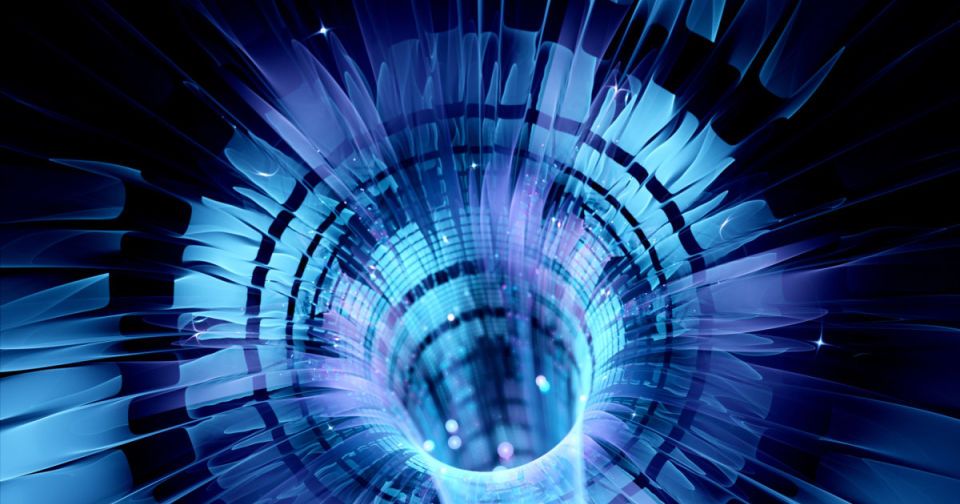
Scientists shatter distance record for teleporting quantum data
Quantum teleportation, the act of reconstructing quantum data somewhere else, is impressive just by itself. However, scientists at the US’ National Institute of Standards and Technology have managed to one-up that feat. They’ve broken the distance record for quantum teleportation by transferring the information from one photon to another across 63 miles of optical fiber. That may not sound like much, but it’s an achievement just to beam that data in the first place — 99 percent of photons would never make the complete trip. It was only possible thanks to newer detectors that could pick up the faint signal of the lone light particle.
You’d clearly need to send much more information before this teleportation becomes practical, but the achievement does open the door to many possibilities in quantum computing. You could use unbreakable quantum encryption at inter-city distances, for instance. The biggest challenge may simply be to extend the range to the point where quantum data transfers work on the scale of the internet, where there are occasionally thousands of miles between connections.
[Image credit: Getty Images/iStockphoto].
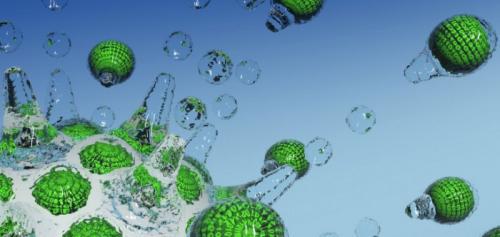
Calculations with nanoscale smart particles
Researchers from the Institute of General Physics of the Russian Academy of Sciences, the Institute of Bioorganic Chemistry of the Russian Academy of Sciences and MIPT have made an important step towards creating medical nanorobots. They discovered a way of enabling nano- and microparticles to produce logical calculations using a variety of biochemical reactions.
Details of their research project are given in the journal Nature Nanotechnology. It is the first experimental publication by an exclusively Russian team in one of the most cited scientific magazines in many years.
The paper draws on the idea of computing using biomolecules. In electronic circuits, for instance, logical connectives use current or voltage (if there is voltage, the result is 1, if there is none, it’s 0). In biochemical systems, the result can a given substance.
Minority Report, Limitless TV shows launch Monday, Tuesday
A sequel to Steven Spielberg’s epic movie, MINORITY REPORT is set in Washington, D.C., 10 years after the demise of Precrime, a law enforcement agency tasked with identifying and eliminating criminals … before their crimes were committed. Now, in 2065, crime-solving is different, and justice leans more on sophisticated and trusted technology than on the instincts of the precogs. Sept. 21 series premiere Mondays 9/8:00c
LIMITLESS, based on the feature film, is a fast-paced drama about Brian Finch, who discovers the brain-boosting power of the mysterious drug NZT and is coerced by the FBI into using his extraordinary cognitive abilities to solve complex cases for them. Sept. 22 series premiere Tuesdays 10/9c
Topics: Cognitive Science/Neuroscience | Entertainment/New Media | Human Enhancement | VR/Augmented Reality/Computer Graphics.
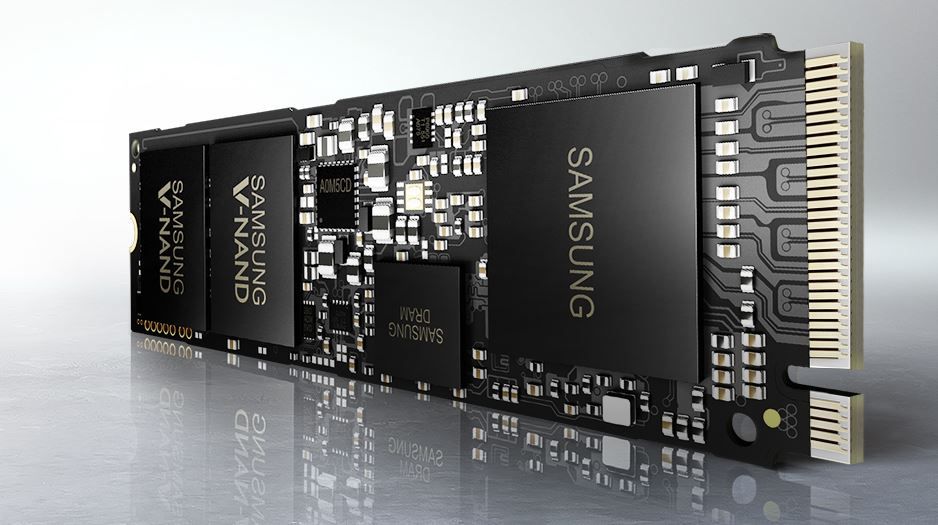
Samsung’s 950 Pro SSD achieves 2,500MB/s read speeds
Solid state drives are now the clear storage solution choice inside laptops and desktop PCs if you value speed. But as the NAND flash memory inside SSDs has improved, the drives have come up against some limitations, the main one being a SATA connection. We typically see SATA-connected SSDs top out at 550MB/s read and write speeds.
Storage companies have attempted to overcome that limitation with a move to PCI Express. Samsung made the move to PCIe with the 850 Pro SSD, which connected through an M.2 interface. However, that SSD was still limited to read and write speeds in the 500MB/s range. But today, Samsung has unveiled the 950 Pro SSD, and it blows everything that has come before out the water.
